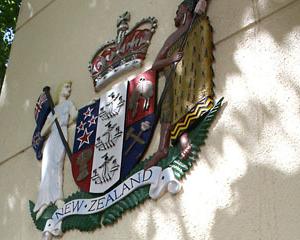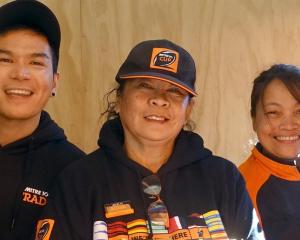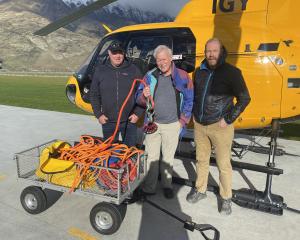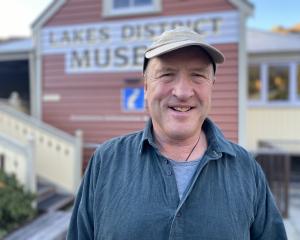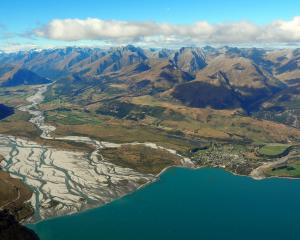The recommendation follows the drowning of Wanaka company director Kenneth George Copland (63), in the Makarora River on August 4, last year.
Mr McElrea released his findings into Mr Copland's death yesterday and recommended water safety and fishing organisations publicise the ''desirability'' of anglers wearing life jackets in addition to waders, particularly when fishing alone or in strong currents.
Mr McElrea also recommended anglers should carry a waterproof means of communication.
Mr McElrea found Mr Copland died from ''drowning, with hypothermia'' after losing his footing, while fly-fishing alone, and had been ''unable to retrieve himself'' in a strong current and very cold water conditions.
The experienced fly-fisher was wearing chest-high waders but no life jacket or personal flotation device, and neither was he was carrying a personal locator beacon or equivalent.
Mr McElrea said Mr Copland was probably fishing in waist-deep water and would have been rapidly carried into Lake Wanaka.
''He would have had only partial protection, through his neoprene waders, against very cold water temperatures.
''Had he been wearing a life jacket ... and had he carried a personal locator beacon ... his chances of survival would have been increased, but [his survival would be] by no means assured.''
Mr McElrea said Mr Copland's wife, Frances, raised the alarm when Mr Copland failed to return home at the usual time.
A search and rescue operation was mounted and Mr Copland's body was found about 24 hours later about 4.5km from the river mouth.
Mr McElrea noted no alcohol was found in Mr Copland's body.
While he could not swim, Mr Copland was not considered a ''risk-taker'', was always punctual and always called Mrs Copland if he was likely to be late or had changed his plans.
In evidence, Senior Constable Mike Johnston said there were several models of personal locator beacon on the market that were waterproof, buoyant, reusable, compact and easy to activate.
He believed if Mr Copland had had a beacon that was activated, the ''best-case scenario'' would have been a response in 45min to an hour.
There is no cellphone coverage in the area where Mr Copland was fishing.
Mr Copland was wearing Classic Snowbee neoprene waders, and Senior Constable Chris Blackford gave evidence of two buoyancy tests he and a fishing guide carried out on that type of wader.
Mr McElrea concluded from the tests the waders gave ''limited buoyancy in calm conditions'' but Mr Copland would have had difficulty in choppy conditions staying free of water washing over his face.
Water Safety New Zealand general manger Andrew Brunt gave evidence that while inflatable life jackets improved buoyancy, it was important to ensure they were regularly serviced.
Mr McElrea also noted a ''gravel crust'' formed over sand at the mouth of the Makarora River and anglers should be warned of the potential danger of breaking through the crust and falling into turbulent water.

